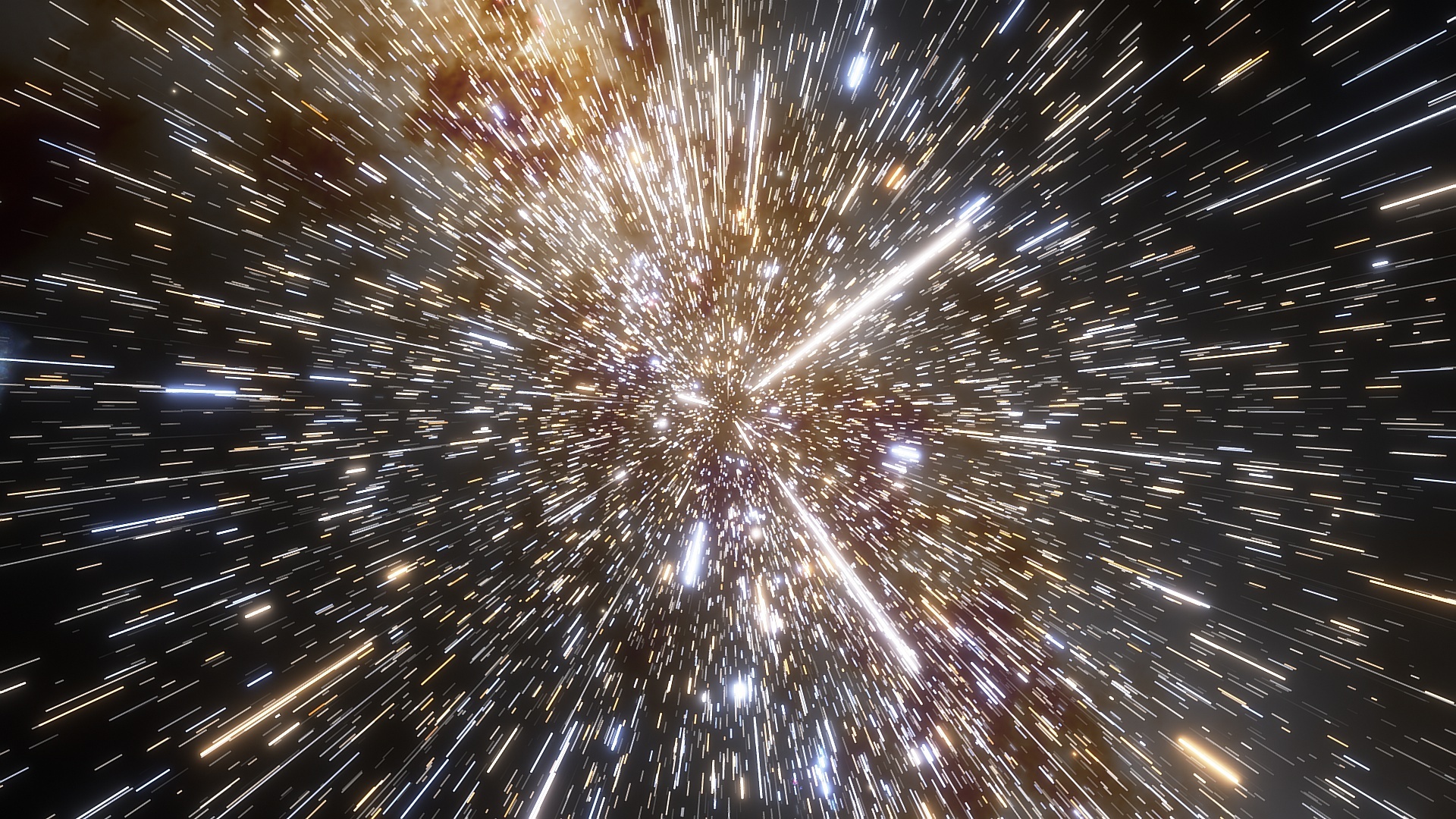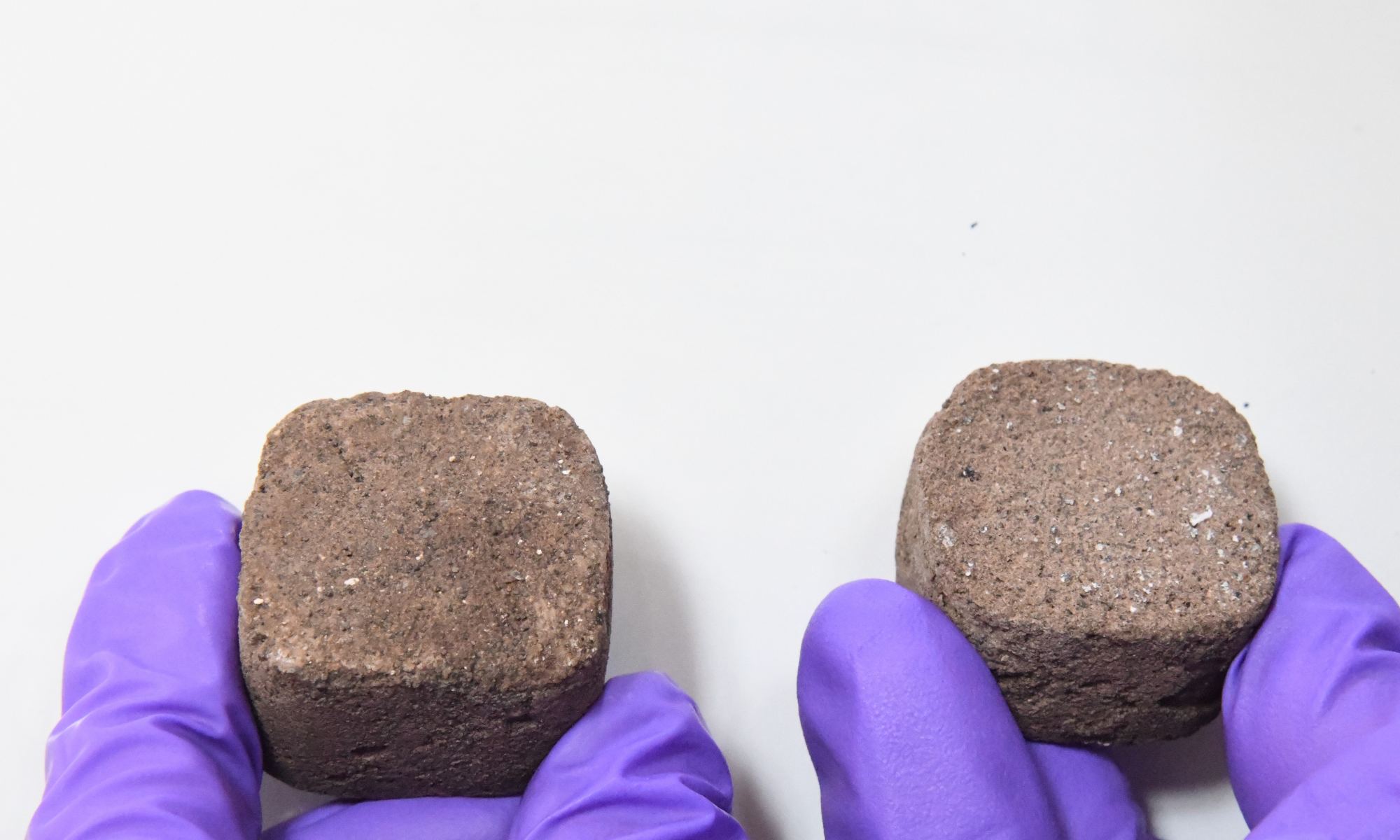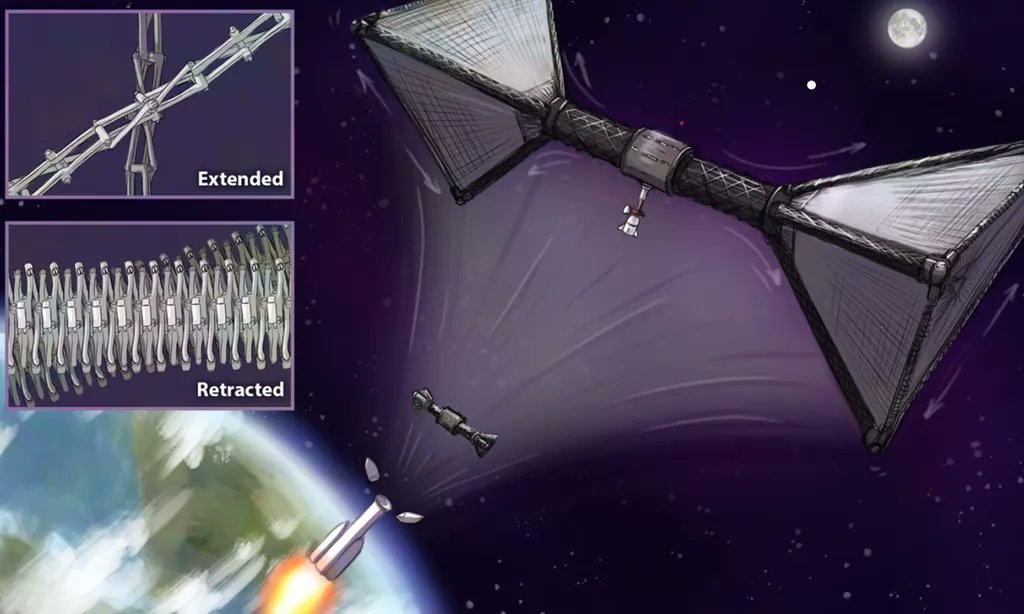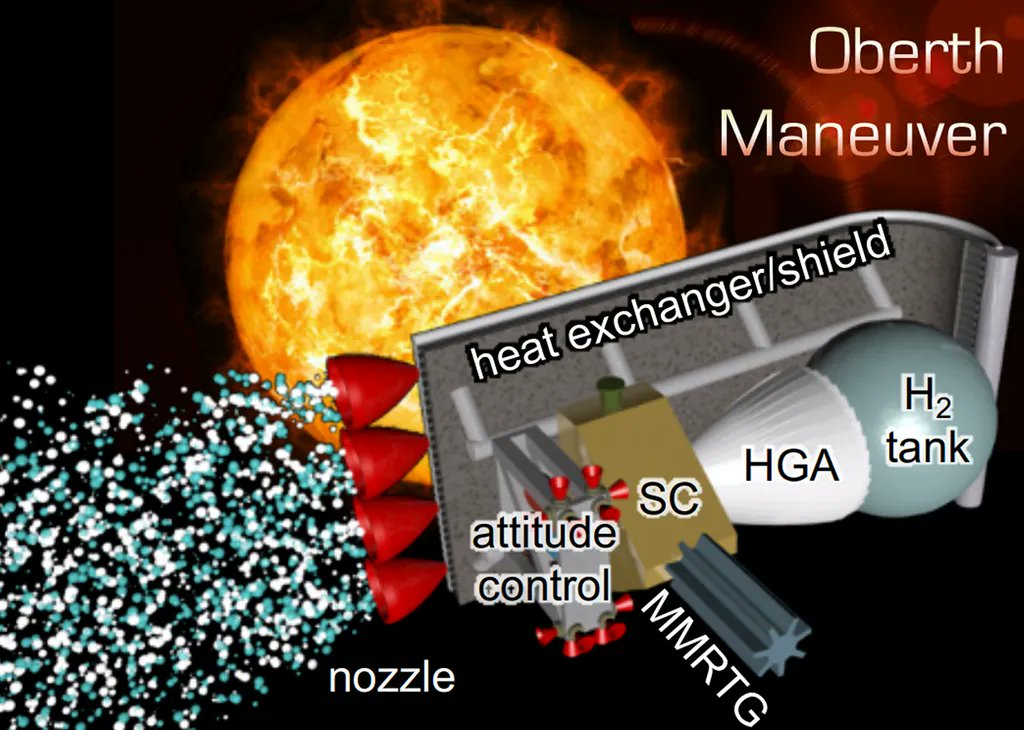All kinds of challenges will face the first humans to travel to Mars. One that has been much discussed, with no potential solution yet, is the potential for a significant amount of bone density loss on the three-year mission. Astronauts lose about 1% of their bone density per month in the microgravity of the ISS. That’s not too big of a deal if they are only on the station for six months, but the two 10-month space trips of a mission to the red planet could be a concern. Now a team of researchers think they have a solution – have the astronauts eat more salad.
Continue reading “Space Lettuce Could Reduce Astronaut Bone Loss”Explorers Could Build Bricks on Mars with Bacteria and Pee
The famous Russian rocket scientist Konstantin Tsiolkovsky once said, “Earth is the cradle of humanity, but one cannot remain in the cradle forever.” Tsiolkovsky is often hailed as one of the fathers of rocketry and cosmonautics and remembered for believing in the dominance of humanity throughout space, also known as anthropocosmism. His work in the late-19th and early-20th centuries helped shape space exploration several decades before humanity first walked on the Moon.
Continue reading “Explorers Could Build Bricks on Mars with Bacteria and Pee”Five Rover Teams Chosen to Help Explore the Moon’s South Pole

The Moon may seem barren, and it is. However, a certain species of inquisitive primates is still very interested in exploring the Moon, uncovering its secrets and maybe establishing a longer-term presence there. But thirsty primates need water, and there’s only one primary source on the Moon: the frozen water in shadowed craters at the lunar poles.
Continue reading “Five Rover Teams Chosen to Help Explore the Moon’s South Pole”A Huge Rotating Kilometer-Scale Space Station Could be Launched From a Single Rocket
Artificial gravity remains the stuff of science fiction. But dealing with no gravity causes significant problems in many astronauts, ranging from bone deterioration to loss of sight. An alternative method that might eliminate some of these problems is “simulated gravity,” which uses a spinning structure to create centrifugal force that would have the same effect on the body as gravity would. Whether or not this would solve the problems caused by lack of gravity remains to be seen. Still, NASA seems keen on the idea – to the tune of a $600,000 NASA Institute for Advanced Concepts (NIAC) Phase II grant to a team from Carnegie Mellon University (CMU) and the University of Washington (UW) who is looking to develop a structure that can simulate full Earth gravity and be launched in a single rocket.
Continue reading “A Huge Rotating Kilometer-Scale Space Station Could be Launched From a Single Rocket”The Best way to Leave the Solar System Might be to fly Uncomfortably Close to the Sun
We’ve reported before on the conceptual mission known as the Interstellar Probe. This ambitious mission would visit the interstellar medium about 1,000 AU away from the Sun. But how exactly would the probe get there in a reasonable time frame? It has taken Voyager 35 years to travel less than 10% of that distance. The answer might lie in an old technology that has been given new life by advances in material science – the solar thermal propulsion system.
Continue reading “The Best way to Leave the Solar System Might be to fly Uncomfortably Close to the Sun”Future Astronauts Might be Able to 3D Print Their own Spacesuits and Parts as Needed
One of the best motivators to solve a problem is to experience it yourself. Dr. Bonnie Dunbar happened to have just such an experience. She is a former NASA astronaut and is now a professor of Aerospace Engineering at Texas A&M. While she was in the astronaut corps, she realized that some of her fellow astronauts couldn’t fit in an Extra Vehicular Activity suit – more commonly known as a spacesuit. So she decided not only to create one for the individuals with the original problem but to create a process by which any other astronaut launched on any future mission can have a spacesuit tailored to their own specific body. And now, her former employer (NASA) is funding her and her lab to complete a feasibility study of this customization process as part of the recently announced NASA Institute for Advanced Concepts (NIAC) program.
Continue reading “Future Astronauts Might be Able to 3D Print Their own Spacesuits and Parts as Needed”Magnetic Chamber can Simulate Microgravity (or Mars Gravity) Here on Earth
There are plenty of processes that might be easier in lower gravity. So far, the biggest hindrance to developing those processes has been the expense of launching equipment to the low gravity environments of the ISS or other space-based research stations. Testing on the ground would be preferable both for ease of use and much lower cost, but the Earth’s gravity usually puts a stop to that. Some scientists see another way. Using magnetic fields can artificially simulate a zero-gravity environment, and now a team from Florida State University’s (FSU’s) National High Magnetic Field Laboratory has developed a system that can hold a much larger sample than previous iterations.
Continue reading “Magnetic Chamber can Simulate Microgravity (or Mars Gravity) Here on Earth”Chefs on the Moon Will be Cooking up Rocks to Make air and Water
NASA has delayed their Artemis mission to the Moon, but that doesn’t mean a return to the Moon isn’t imminent. Space agencies around the world have their sights set on our rocky satellite. No matter who gets there, if they’re planning for a sustained presence on the Moon, they’ll require in-situ resources.
Oxygen and water are at the top of a list of resources that astronauts will need on the Moon. A team of engineers and scientists are figuring out how to cook Moon rocks and get vital oxygen and water from them. They presented their results at the Europlanet Science Congress 2021.
Continue reading “Chefs on the Moon Will be Cooking up Rocks to Make air and Water”Astronauts Have Used Bacteria to Extract Useful Metals out of Rocks
History has viewed mining as a job that requires a lot of heavy machinery and physical labor. Pulling valuable material out of the ground has been necessary for human progress for thousands of years. That progress has led to an alternative method of getting those resources out of the Earth or other celestial bodies. The new technique relies on a symbiotic life partner that has co-habited with us for millennia – bacteria. A recent experiment conducted by ESA’s Biorock investigation team shows that this process – known as “biomining” – might be the most effective way to collect some materials in space.
Continue reading “Astronauts Have Used Bacteria to Extract Useful Metals out of Rocks”“Ain’t like Dusting Crops!” How We’ll Actually Navigate Interstellar Space

May the 4th be With You!
Blasting out of Mos Eisley Space Port, the Millennium Falcon carries our adventurers off Tatooine bringing Luke Skywalker across the threshold into space. With Imperial Star Destroyers closing, Luke bemoans Han Solo’s delay in jumping to Hyperspace. It takes time to make these calculations through the Falcon’s “Navicomputer.” Han explains that otherwise they could “fly right through a star” or “bounce too close to a supernova.” (probably the same effect of each – also are supernovas bouncy?)
Celestial calculations are needed to figure out where you’re going. In Star Wars these are done by ship computers, or later by trusty astromech droids like R2-D2. But, for the first time, simulations have been conducted of an uncrewed ship’s ability to autonavigate through interstellar space. While not at Hyperspace speeds, the simulations do account for velocities at up to half the speed of light. Created by Coryn A.L. Bailer-Jones of the Max Plank Institute for Astronomy, these simulations may be our first step to creating our own “Navicomputers” (or R2-D2s if they have a personality).

c. NASA








